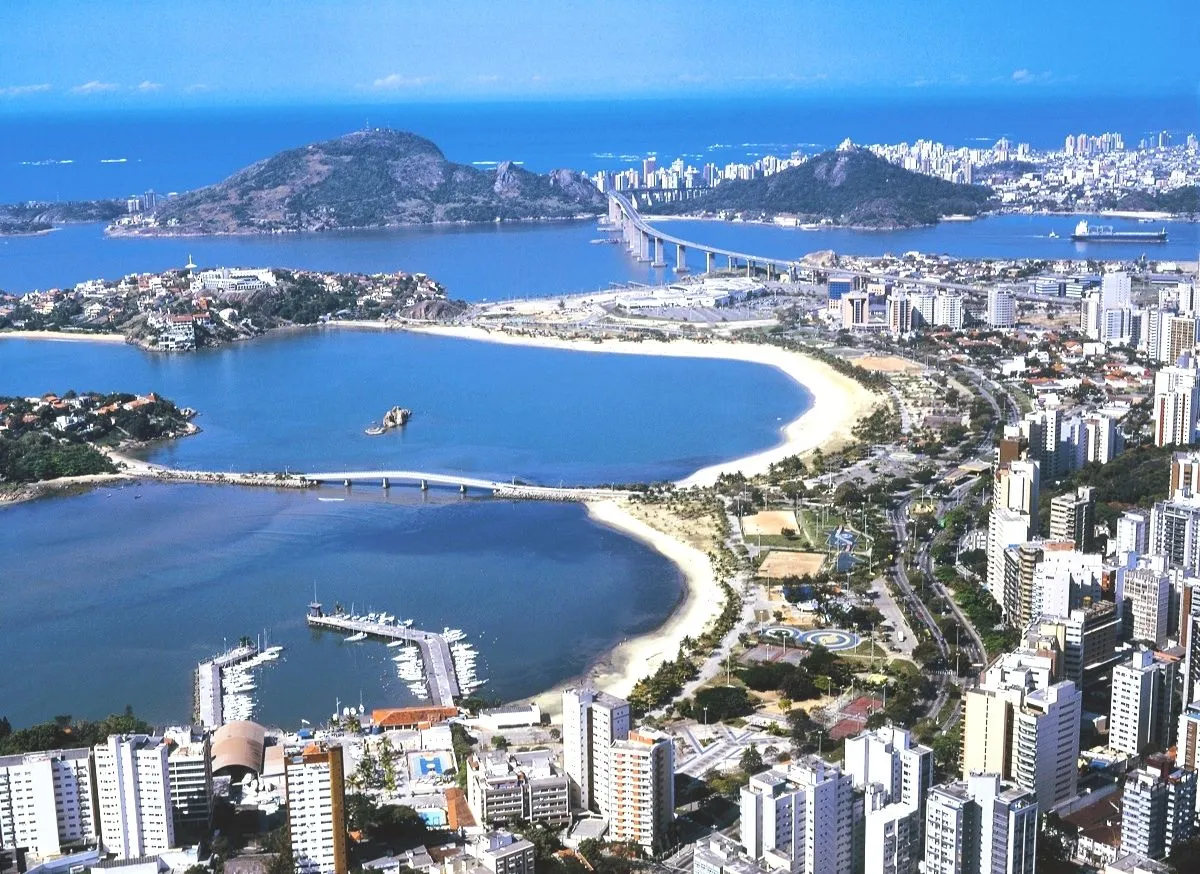In September, the FipeZap Index reported a 0.45% rise in Brazil’s residential property prices, slightly higher than the 0.44% increase in August.
Interestingly, it outperforms the General Market Price Index, which saw a 0.37% rise. The Broad Consumer Price Index also lagged behind at 0.26%.
Out of 50 surveyed cities, 43 showed a monthly price increase. Fourteen of these were capitals.
Vitória led with a 1.70% rise, followed by Maceió at 1.25% and João Pessoa at 1.19%. In contrast, Recife had a 0.24% price drop, and Fortaleza followed with a 0.06% decrease.
The average price per square meter across surveyed cities was R$ 8,622. Among capitals, Vitória topped the list at R$ 10,806 per square meter.
Next came São Paulo, Florianópolis, Rio de Janeiro, and Curitiba.
Cities with the lowest average sale prices were Campo Grande, João Pessoa, Salvador, Manaus, and Goiânia.
The year-to-date increase stood at 3.88%, surpassing both the market’s and consumer inflation rates.
In the past 12 months, the index revealed a 5.29% rise, less than inflation rates.
Maceió, Campo Grande, Goiânia, Florianópolis, and Manaus experienced the biggest yearly price jumps.
For context, the data highlights regional disparities in Brazil’s housing market. In Vitória, high prices may reflect urban development and economic growth.

Also, the 3.88% year-to-date rise outpaces the consumer inflation rate. It indicates that the property market remains resilient despite economic challenges.
Interestingly, price drops in cities like Recife could be due to local factors like lower demand. This data can serve as a key indicator for potential investors and policymakers.
Background
Adding to the analysis, it’s noteworthy that smaller, dynamic capitals like Vitória and Florianópolis are showing strong growth.
This trend could indicate that investment is moving beyond traditional hubs like São Paulo and Rio de Janeiro.
Historically, these smaller capitals were not the focus of major real estate investments. Yet, they are now becoming attractive markets, perhaps due to quality of life or lower living costs.
Also, the FipeZap Index serves as a valuable tool for real estate investors. Tracking these smaller, booming capitals could yield high returns.
In the broader economic context, the rise in residential property prices may indicate a robust, although regionally varied, housing market.
Finally, the overall 0.45% increase in September, despite economic pressures, suggests a resilient real estate sector in Brazil.

